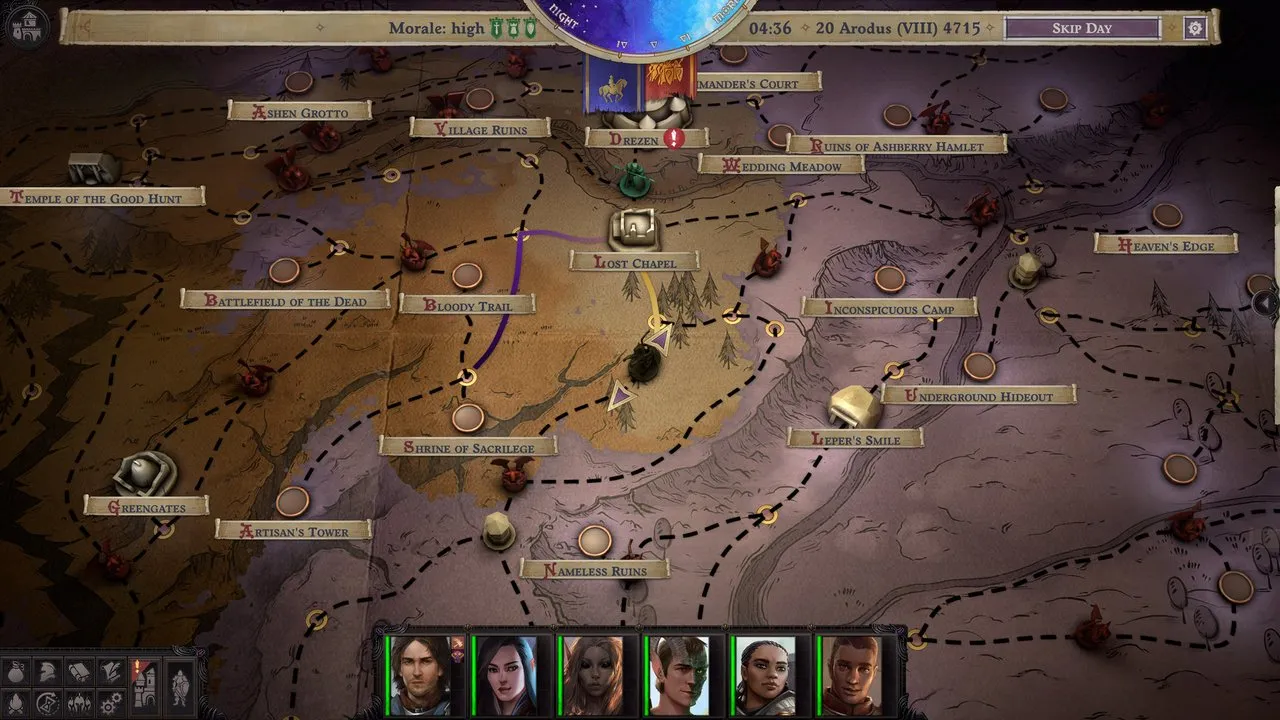
Pathfinder: Wrath of the Righteous: A Deep Dive into a Complex RPG
Contents
Pathfinder: Wrath of the Righteous draws inspiration from classic RPGs like Neverwinter Nights, Baldur’s Gate, Icewind Dale, and Planescape: Torment, all rooted in the Dungeons & Dragons universe. While Pathfinder might be less familiar to some, it has gained traction in recent years thanks to the success of Pathfinder: Online and 2018’s Pathfinder: Kingmaker, developed by Owlcat Games.
Building upon the Dungeons & Dragons rule set, Pathfinder shares similarities with its predecessor while forging its own distinct identity. This divergence offers a refreshing experience for those seeking a departure from the familiar tropes of established D&D games. The question remains: does Pathfinder: Wrath of the Righteous live up to the expectations of RPG enthusiasts? This analysis will explore the game’s strengths and weaknesses to help you determine if it’s worth your time.
 Exploring the world of Golarion in Pathfinder: Wrath of the Righteous
Exploring the world of Golarion in Pathfinder: Wrath of the Righteous
A Rich and Rewarding RPG Experience
One of the first indicators of a quality RPG is its character creation system. Pathfinder: Wrath of the Righteous excels in this area, offering a plethora of options for players to customize their characters. Spending hours meticulously crafting your avatar is not only expected but essential, shaping your entire gameplay experience. The right build can make your journey smoother, while a poorly planned character can lead to frustrating difficulty spikes. Remarkably, the game even allows for the creation of truly evil characters, adding another layer of intrigue to the narrative.
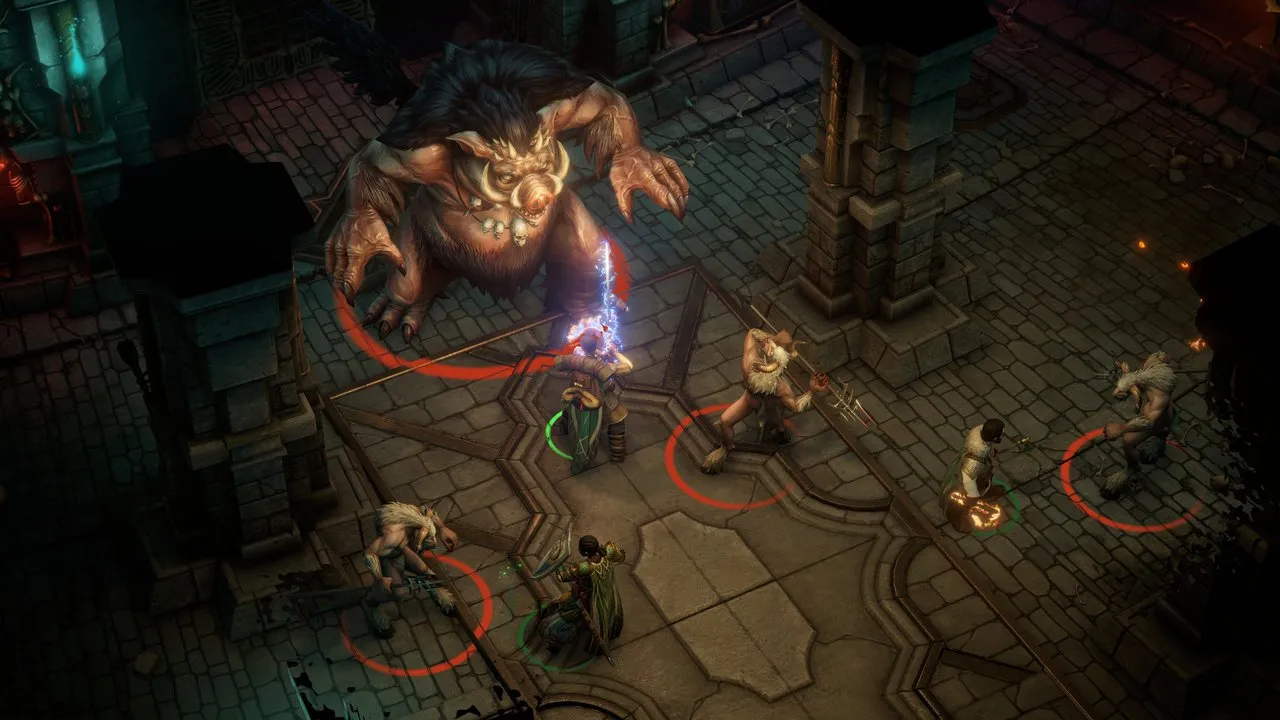 Character creation screen in Pathfinder: Wrath of the Righteous
Character creation screen in Pathfinder: Wrath of the Righteous
This robust character creation system also enhances replayability. One playthrough might see you as a righteous paladin purging evil, while the next could cast you as a malevolent lich seeking world domination. The possibilities are vast and encourage experimentation.
Beyond character creation, the equipment and combat systems are refined improvements over Pathfinder: Kingmaker. Equipment is categorized by function and interacts with character skills and abilities, meaning a statistically powerful weapon might not be the optimal choice for your character or a specific enemy encounter. This emphasis on strategic planning and preparation sets Pathfinder: Wrath of the Righteous apart from the hack-and-slash approach of some other RPGs.
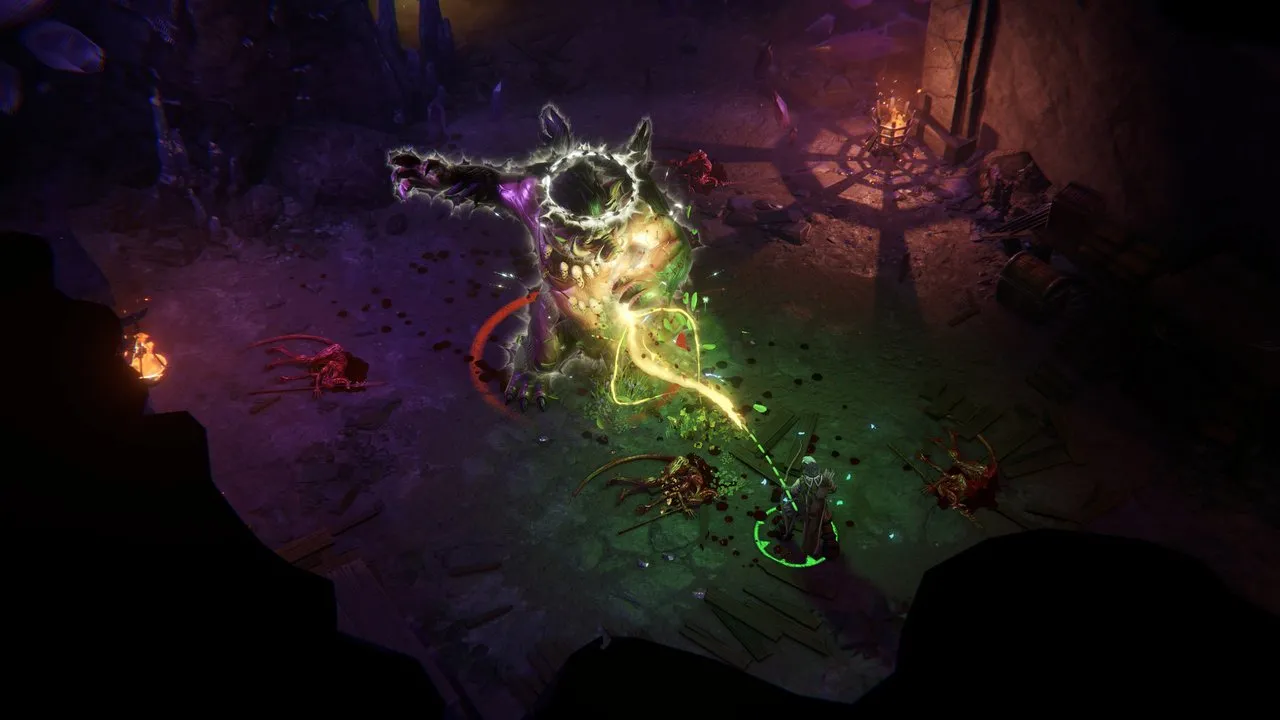 Combat in Pathfinder: Wrath of the Righteous
Combat in Pathfinder: Wrath of the Righteous
The game offers both real-time and turn-based combat modes. Real-time offers a faster, more dynamic experience demanding precise control and positioning. Turn-based combat, on the other hand, allows for a more methodical approach, offering ample time to strategize each move. The ability to seamlessly switch between these modes caters to diverse playstyles.
Further expanding gameplay is the “Crusade” mode, a strategic layer reminiscent of Pathfinder: Kingmaker. Here, players build settlements and manage armies, crucial elements in the fight against demonic forces. This mode transforms Pathfinder: Wrath of the Righteous into a turn-based strategy experience akin to Heroes of Might and Magic, adding depth and complexity to the overall gameplay. Managing your forces on the battlefield while simultaneously leading your party on their personal quest presents a unique and engaging challenge.
A Compelling Narrative with Minor Flaws
No RPG analysis is complete without discussing its narrative. With dozens of hours of gameplay and a well-crafted story, Pathfinder: Wrath of the Righteous captivates players from the outset. From the initial confrontation with the demon lord Deskari to witnessing the sacrifices of valiant heroes, the narrative pulls you into the world of Golarion. The game unfolds gradually, revealing the mysteries of the world, the fate of the first crusaders, and the secrets of Deskari and Baphomet. Numerous side quests and optional content complement the main storyline, offering ample opportunities for exploration and discovery.
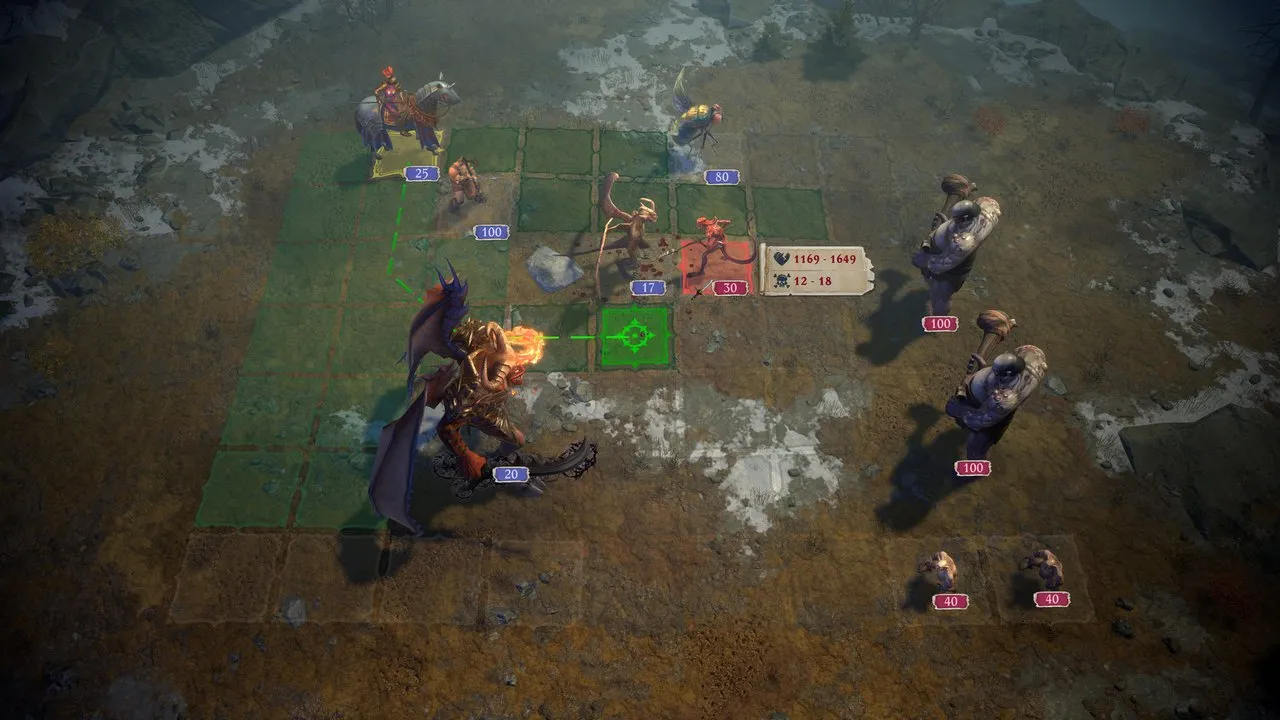 A battle scene in Pathfinder: Wrath of the Righteous
A battle scene in Pathfinder: Wrath of the Righteous
While the narrative generally shines, the introductory sequence feels somewhat rushed. However, it effectively sets the stage, introducing players to the world of Golarion and motivating their character to embark on a quest against the demon lord.
A Bumpy Road to Righteousness: Technical Issues
Bugs are an unfortunate reality in game development, and Pathfinder: Wrath of the Righteous is not immune. While some games experience occasional glitches, this title suffers from a pervasive array of issues, ranging from minor graphical and audio hiccups to more serious problems like character and ability glitches.
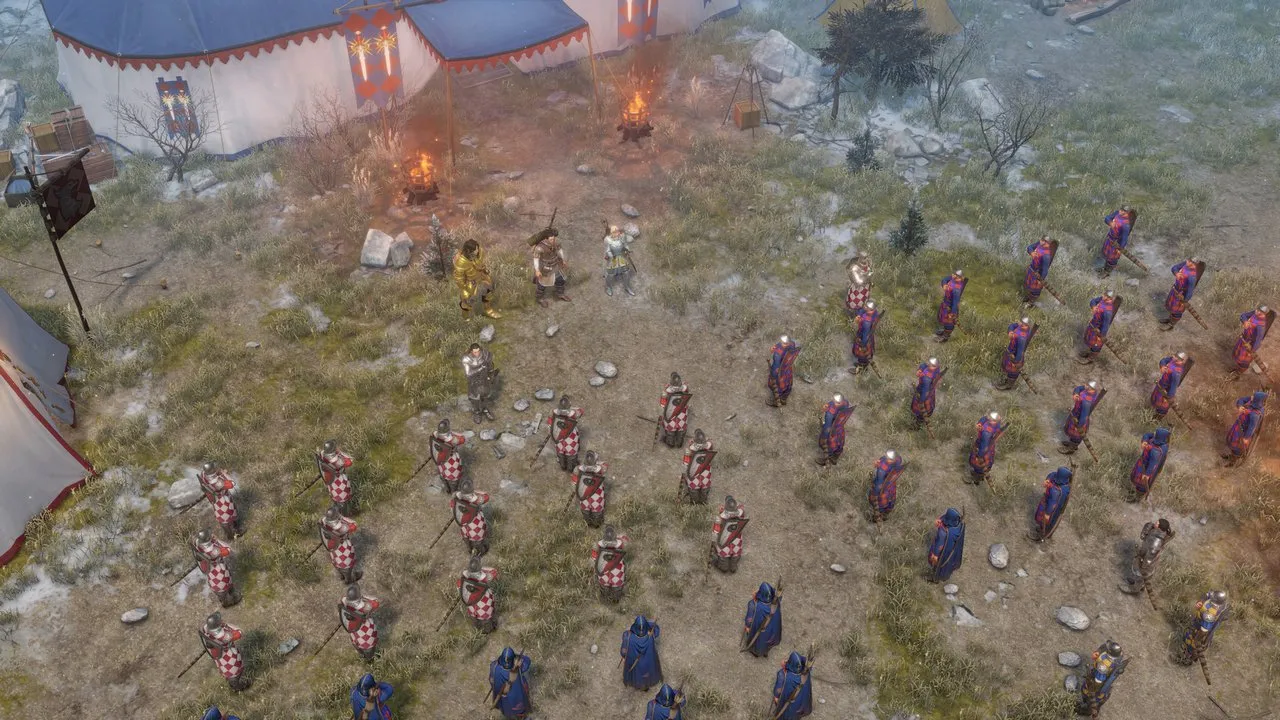 A bug encountered in Pathfinder: Wrath of the Righteous
A bug encountered in Pathfinder: Wrath of the Righteous
Frequent saving and reloading become necessary workarounds for these bugs, significantly impacting the overall enjoyment. Although the developers have released patches, the sheer volume of issues dampens the experience. Had the game been delayed to address these technical shortcomings, its reception would likely have been far more positive.
Conclusion
Pathfinder: Wrath of the Righteous offers a deep and engaging RPG experience with a rich narrative, complex character customization, and innovative gameplay mechanics. However, its technical issues detract from the overall enjoyment. Players willing to tolerate these bugs will find a rewarding adventure in the world of Golarion. For others, the constant interruptions may prove too frustrating.





Comments (0)